Simple Cold Weather Door Problems SOLVED
Recently, we published a blog about solutions for drafty windows during the winter. Just like windows, winter chills can pass through your entry doors as well. Substantial heat loss and increased energy bills can be attributed to these door problems.
Unlike windows, which may remain unopened for months, doors are used daily and need to be energy efficient. There are no quick tricks to reduce cold problems such as covering or sealing them during the winter like a window. Doors need to be kept in good condition for their functionality and your comfort to be maximized.
Here are simple solutions to common door problems in the winter:
Drafty Doors
If you can feel the breeze near your front door, it is time to seal up the gaps. First, check the weatherstripping at the bottom of the door. If it is missing or disintegrating, it is simple to replace. Choose from plastic, rubber or foam inserts that you can find at your local hardware store.
Next, check the door threshold. Oftentimes in colder weather, the threshold screws become loose. Tightening the screws will raise the threshold and form a better seal against the bottom door sweep. A good test to see if your door is sealed: try to pass a dollar bill between the bottom sweep and the threshold. If it is difficult to do, then the door is sealed. Another good test is to get down on the floor to see if any daylight is showing through — so low that you are pressing your cheek to the floor for a perfect vantage point.
If you are still experiencing drafts after these two fixes, there might be bigger problems such as rot or other changes in the structural integrity of your door. You will need a door expert to diagnose the problem and we can do that for you.
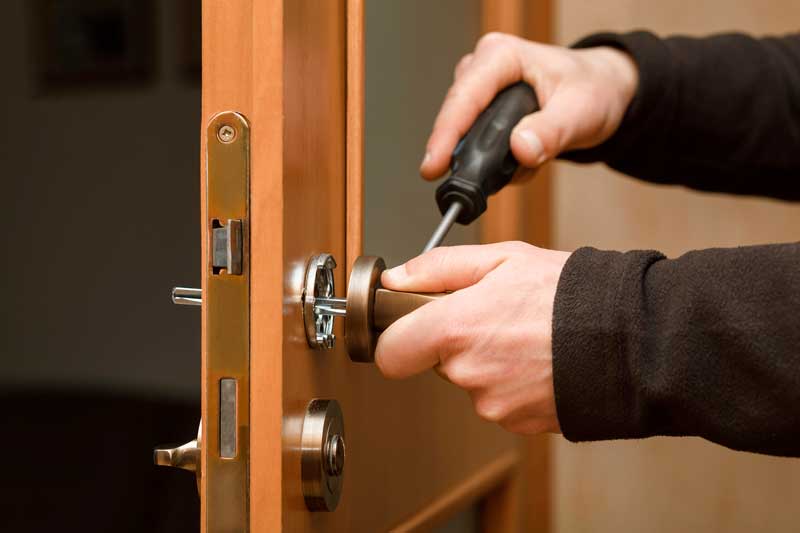
Check and adjust your door hardware to ensure there are no gaps.
Frosty Doors and Hardware
Similar to the seal on a door threshold or frame, a door’s hardware needs to be sealed as well. Remember that hardware is filling a hole in the door that can become loose. Evidence of this gap in the door will be hardware that is cold, wet or even icy/frosty. Considering the heavy usage on door hardware, especially on an active door, loose hardware is usually the culprit.
Check to see that your hardware is centered over the doorknob hole first. Then when the hole is completely covered by the hardware, tighten all the screws on the doorknob or handle. This should alleviate the problem.
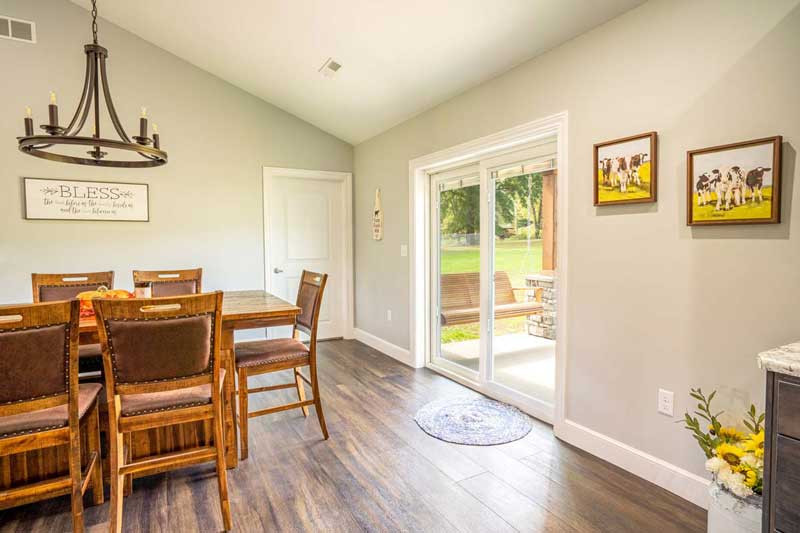
Check the seals and hardware on patio and sliding doors.
Frosty Patio or French Doors
Both sliding patio doors and French doors in a home are subject to developing frost on the inside of the door for a few reasons. First, the humidity inside the home can cause frost to develop on the glass inside the house. But when the frost is developing on just the glass doors and not any windows in the house, gaps in the door may be to blame, not the inside humidity of the house.
To check for drafts on patio doors, ensure that the seal is intact by closing and locking the doors. The hardware on the active sliding door needs to be sealed and tightened as well. The older your patio door, the draftier it can become due to normal wear and tear.
With French doors, one side is the “active door” and the other side is the “passive door”. The active door has the lock hardware and should be sealed tight. The passive door is more problematic, especially if the top and bottom slide bolts that keep it in place are not properly locked. With heavy use, all of this hardware on both the active and passive doors can become loose and out of position, thereby creating gaps letting cold air in the home.
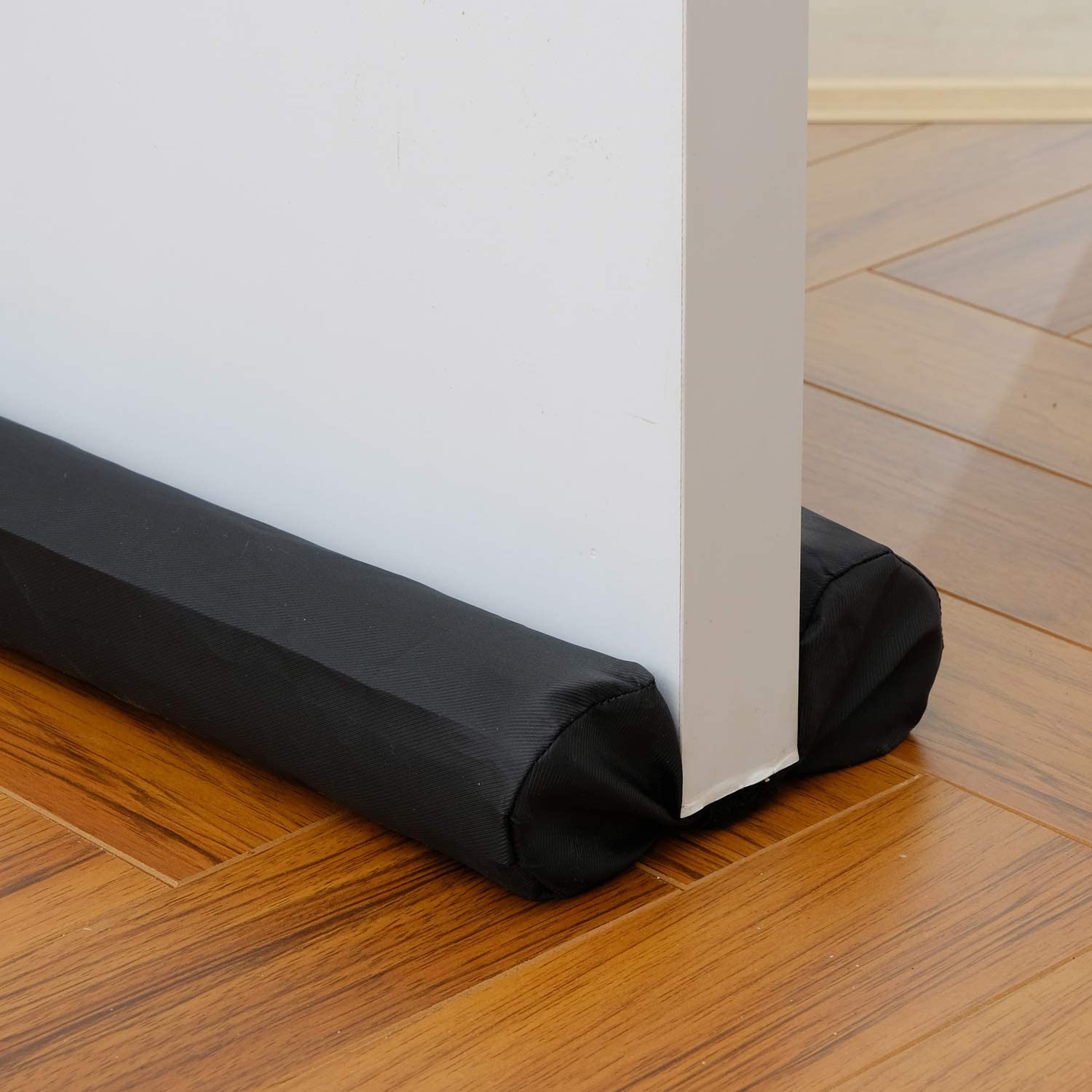
Door Draft Stoppers are simple but effective solutions.
But, It’s a Rental
So your door is a little drafty, but your residence is a rental and you do not want to make any permanent changes. A quick and easy solution to a drafty door is the very cost-effective Door Draft Stopper. Placing this at the bottom of your door is literally a draft stopper. These come in many shapes and sizes to fit your door. Click here for a helpful list of the best sellers on Amazon. If you are really wanting to be budget conscious, simply roll up a bath towel and place it at the bottom of the door.
This Is Not My Forever Home
It may be difficult to justify the cost of a new door for anything other than your forever home. However, door problems do not get better on their own and plans for moving can get delayed months, even years, leaving you uncomfortable in your home. A good door is a sound investment and has a significant Return on Investment; over 70% of the cost can be recovered during the sale of your home. So, go ahead and replace that drafty old door and live in comfort and security while you are thinking about moving. Just think, a potential home buyer will take notice and appreciate the beauty of your front door, and the obvious care you have given to maintain your home.
Drafty doors, just like drafty windows, can substantially impact the inside temperature of your home as well as your utility bill. These solutions to common door problems during the winter season can positively impact the comfort in your home with just a few simple steps.


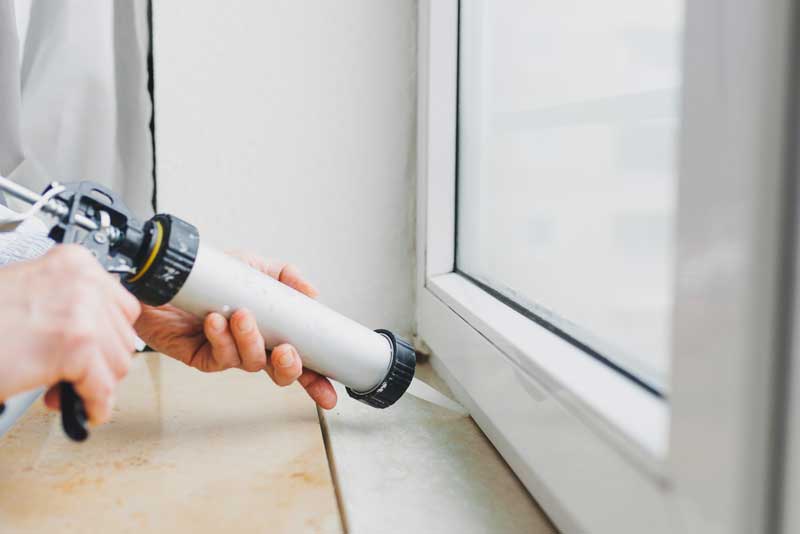
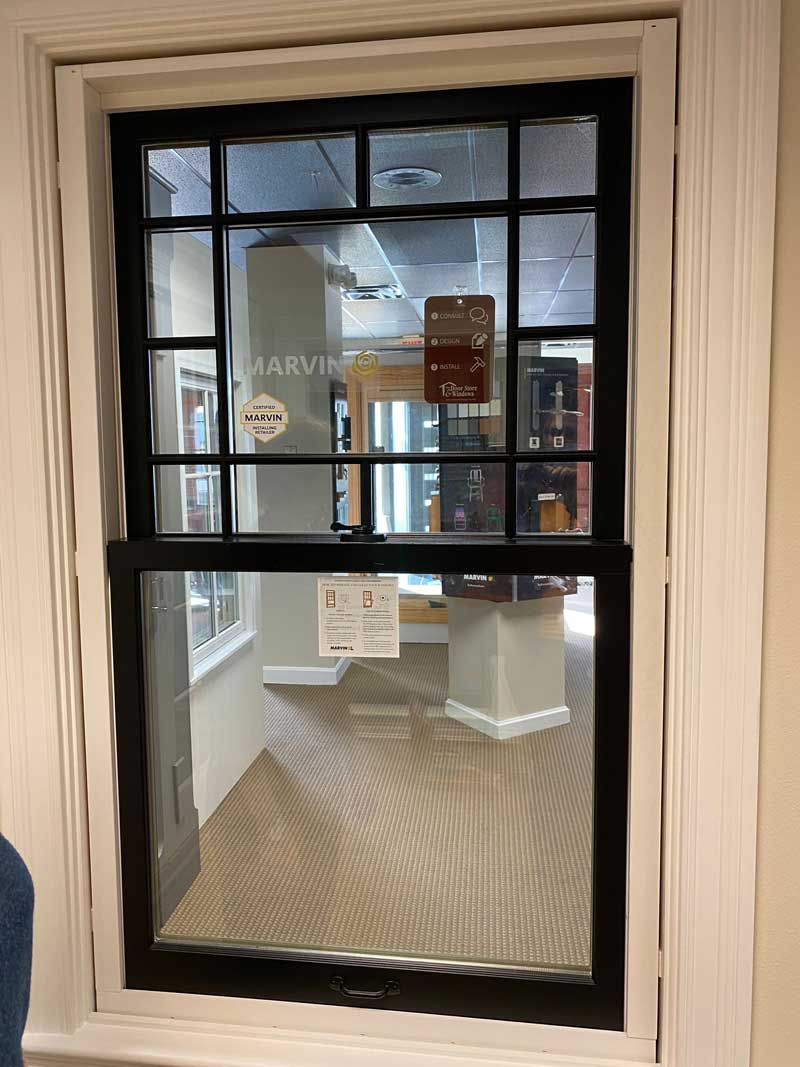 Dramatic Effect
Dramatic Effect
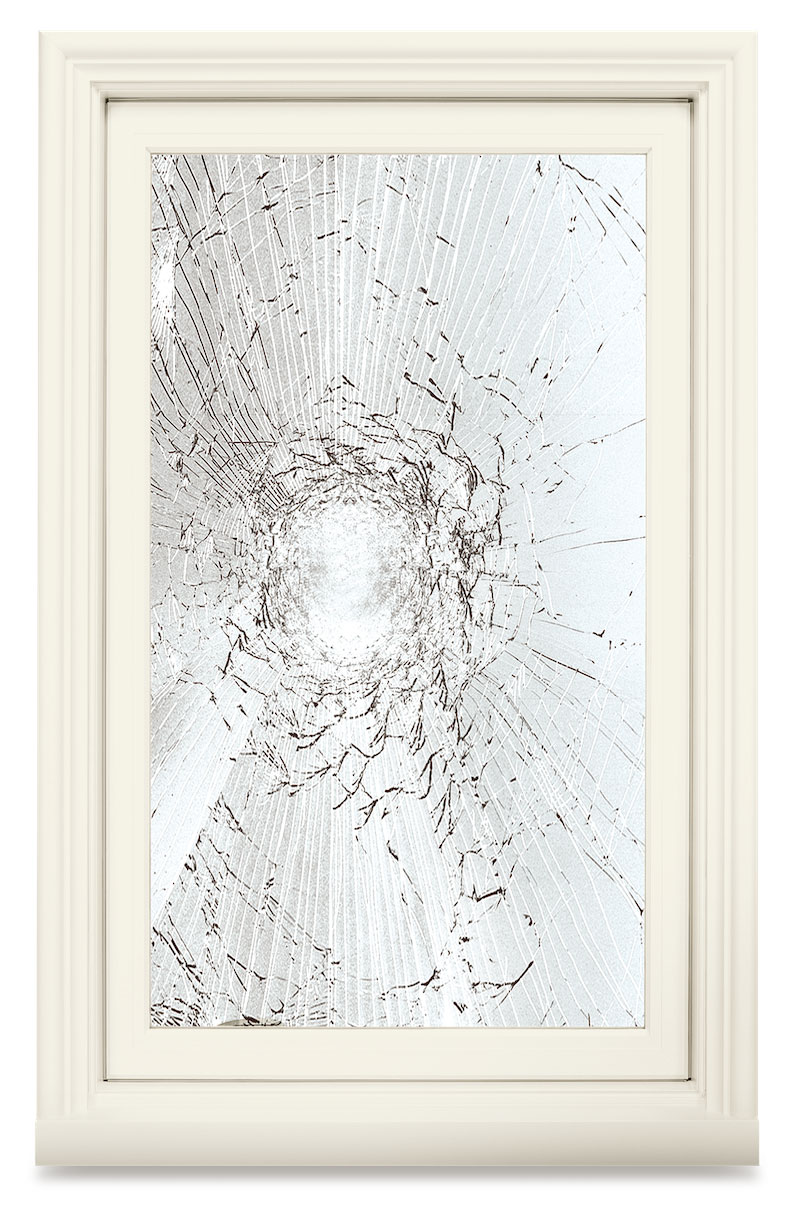
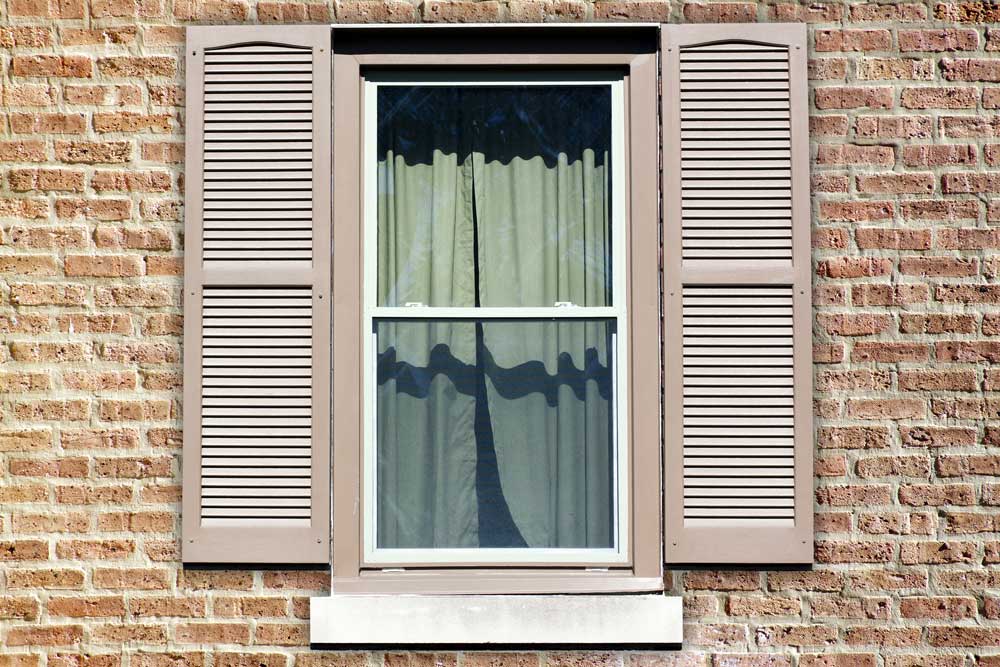
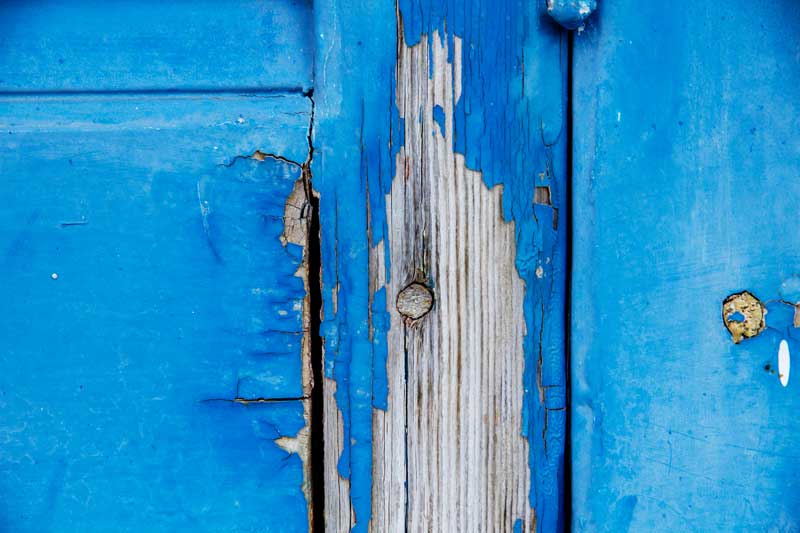 Maintenance of Existing Shutters
Maintenance of Existing Shutters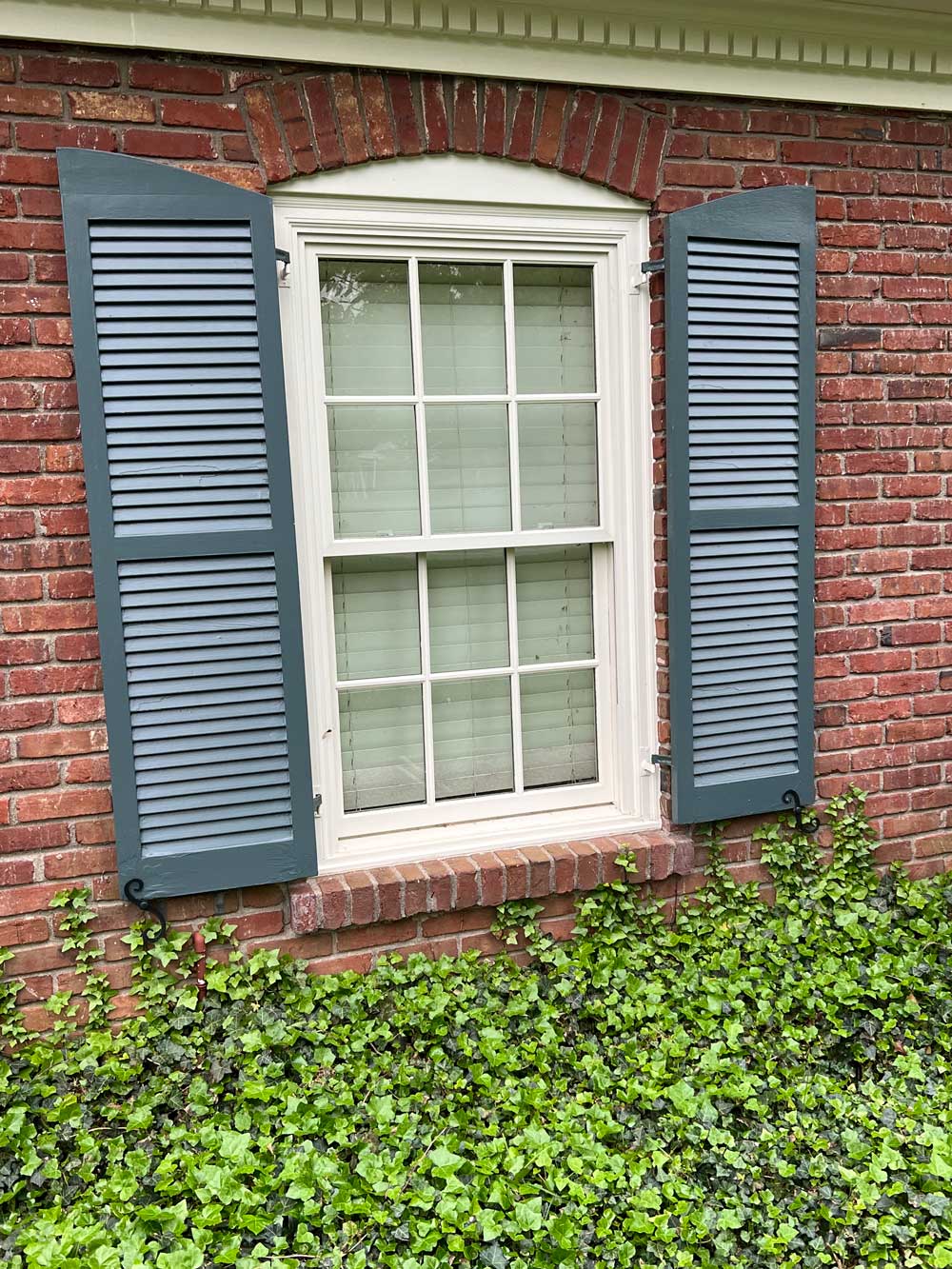
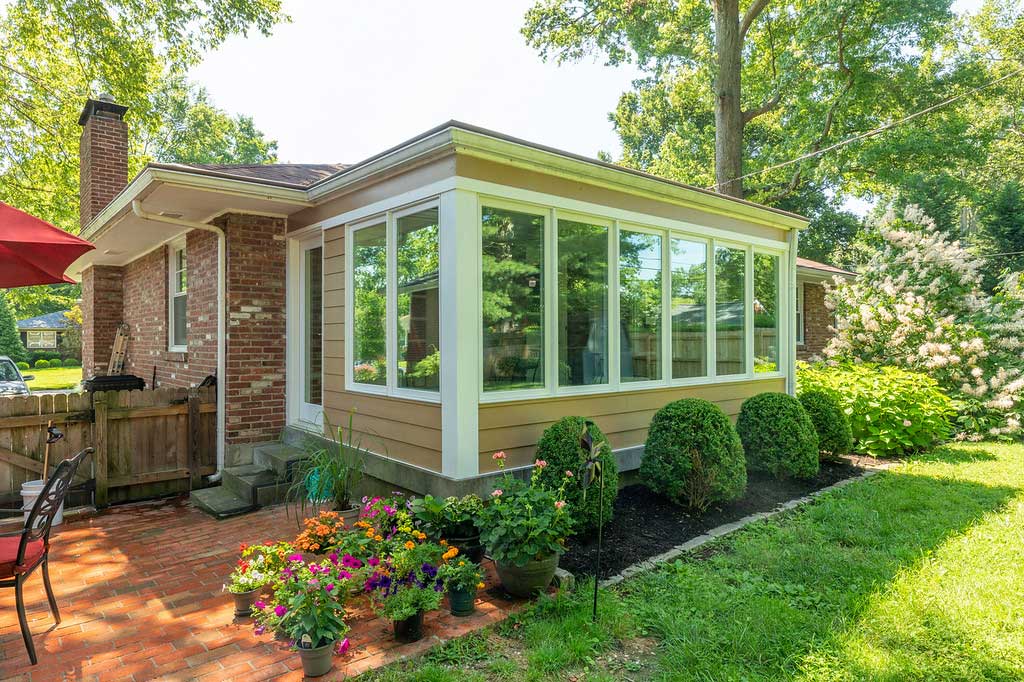
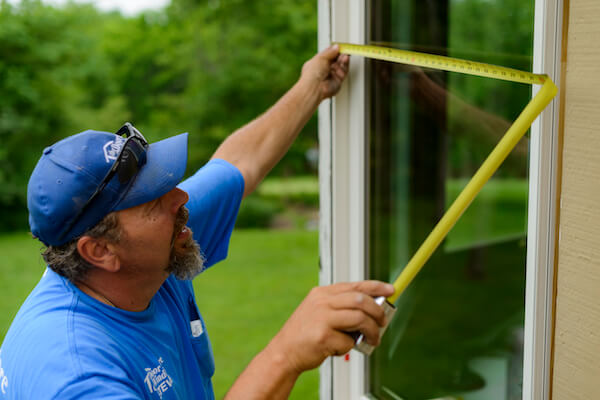
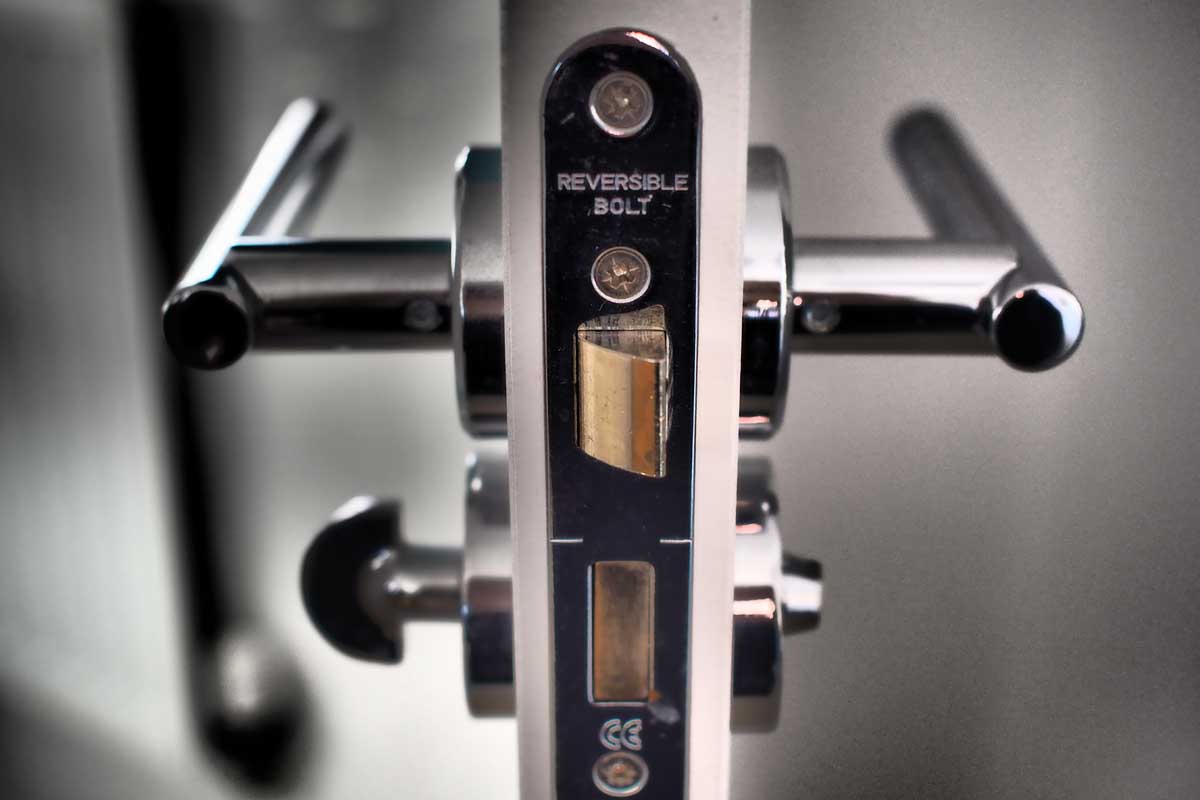
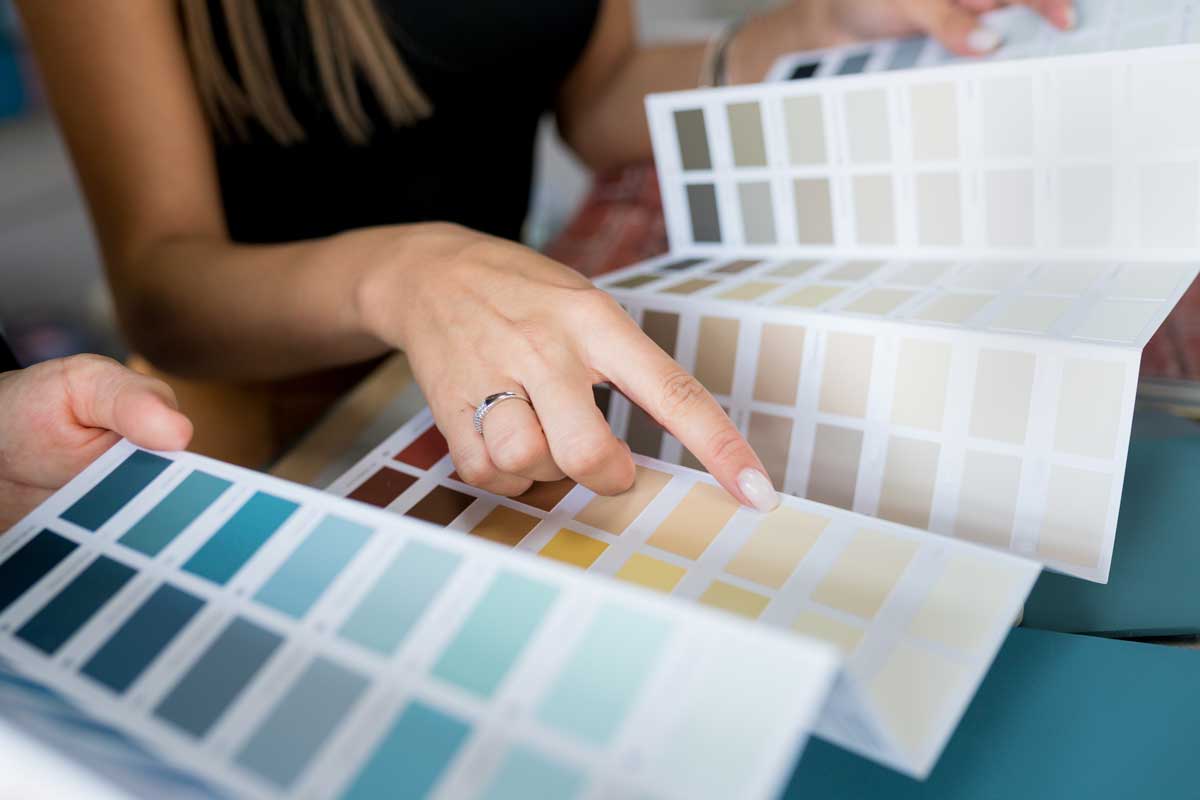
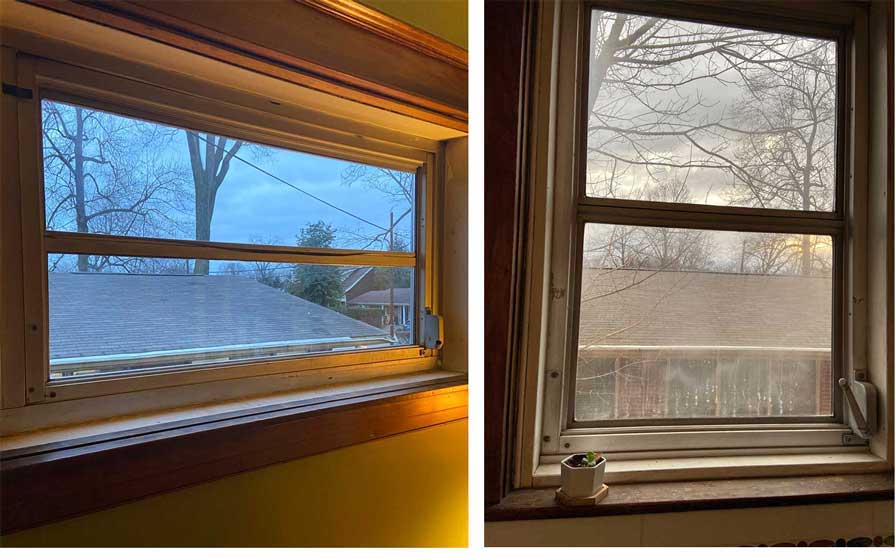
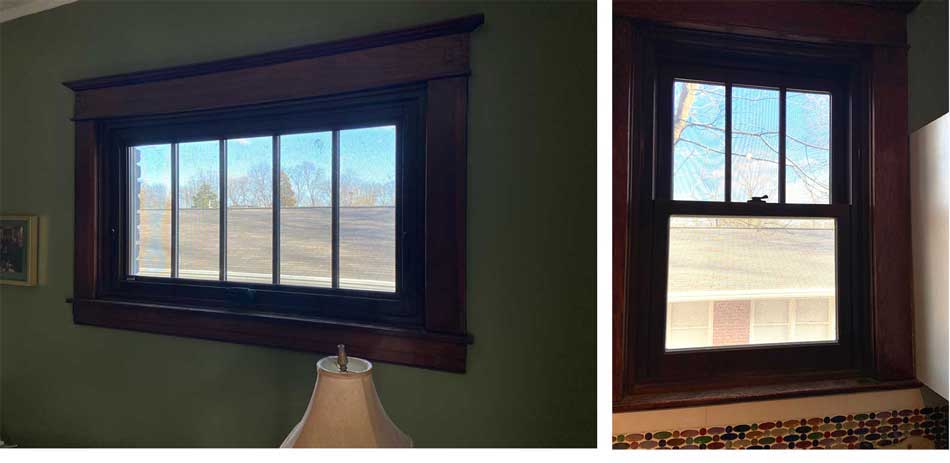
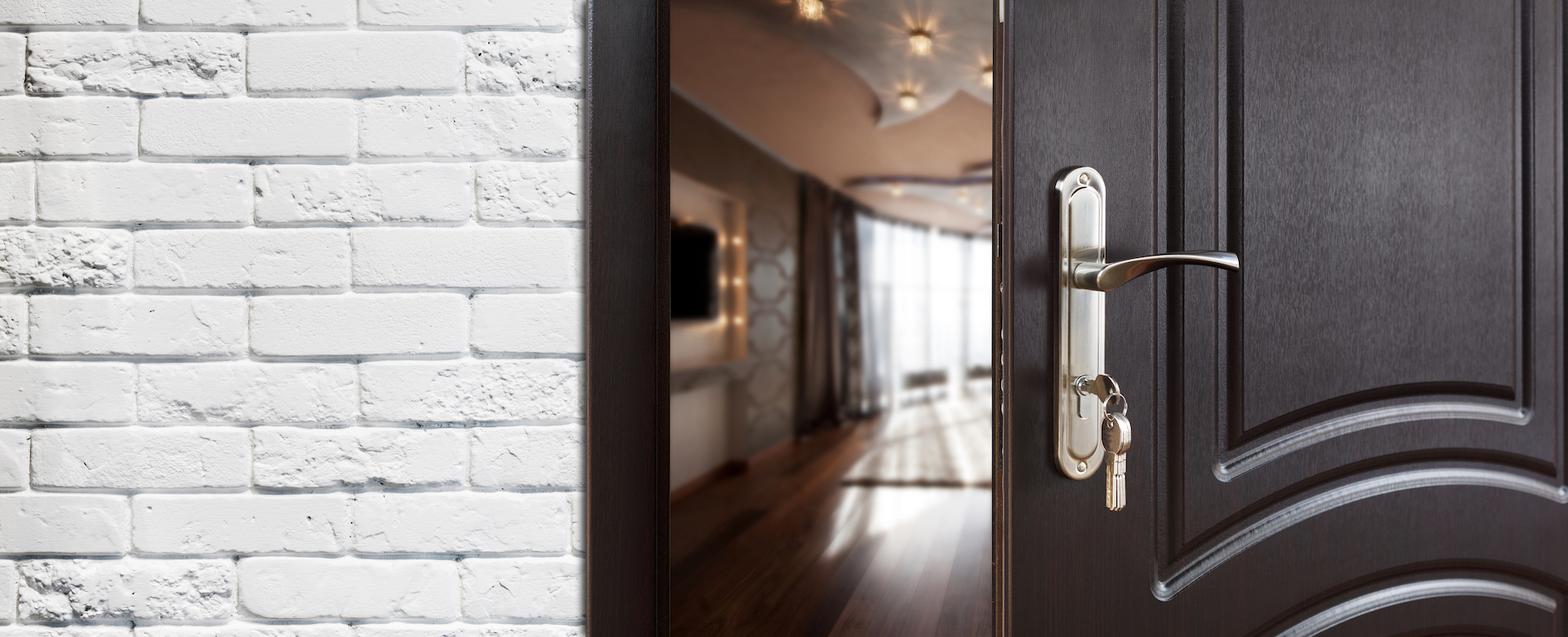
 Kentuckiana is our community! We’re locally-owned and operated, not a franchise, so you get attentive, local service.
Kentuckiana is our community! We’re locally-owned and operated, not a franchise, so you get attentive, local service.

